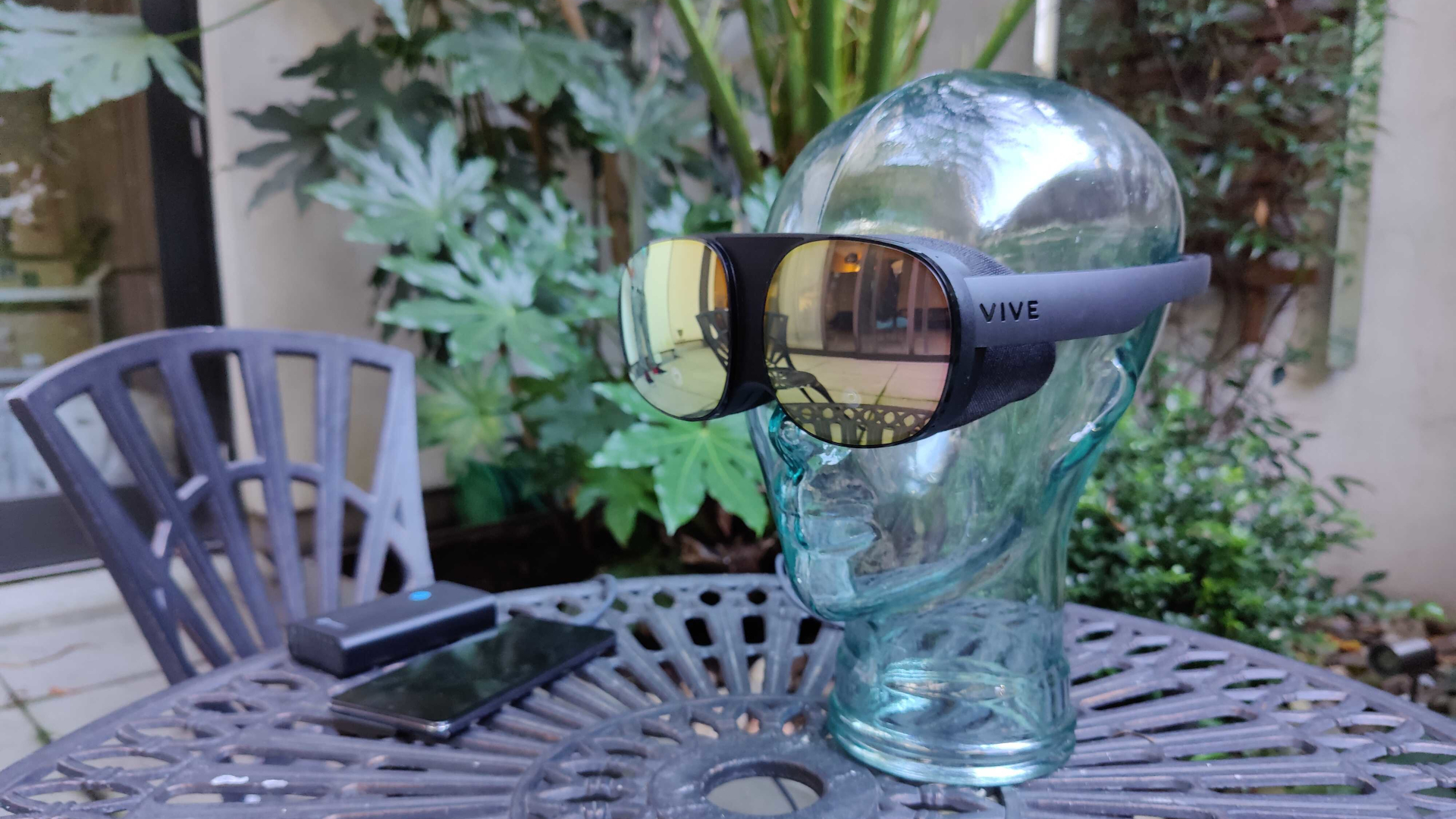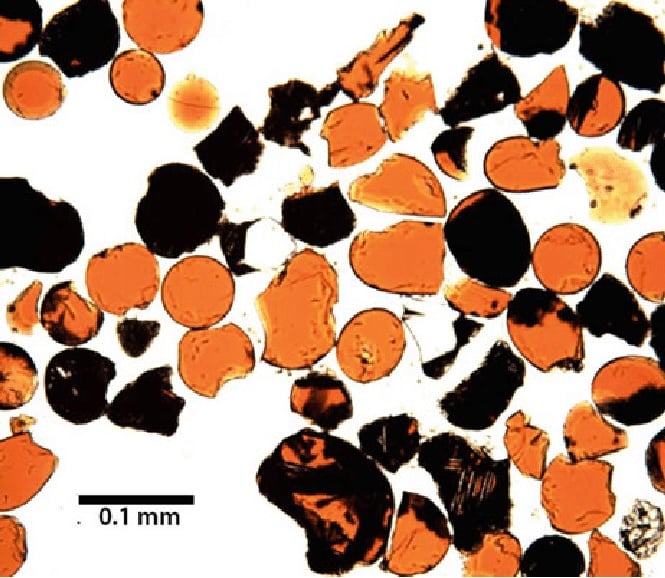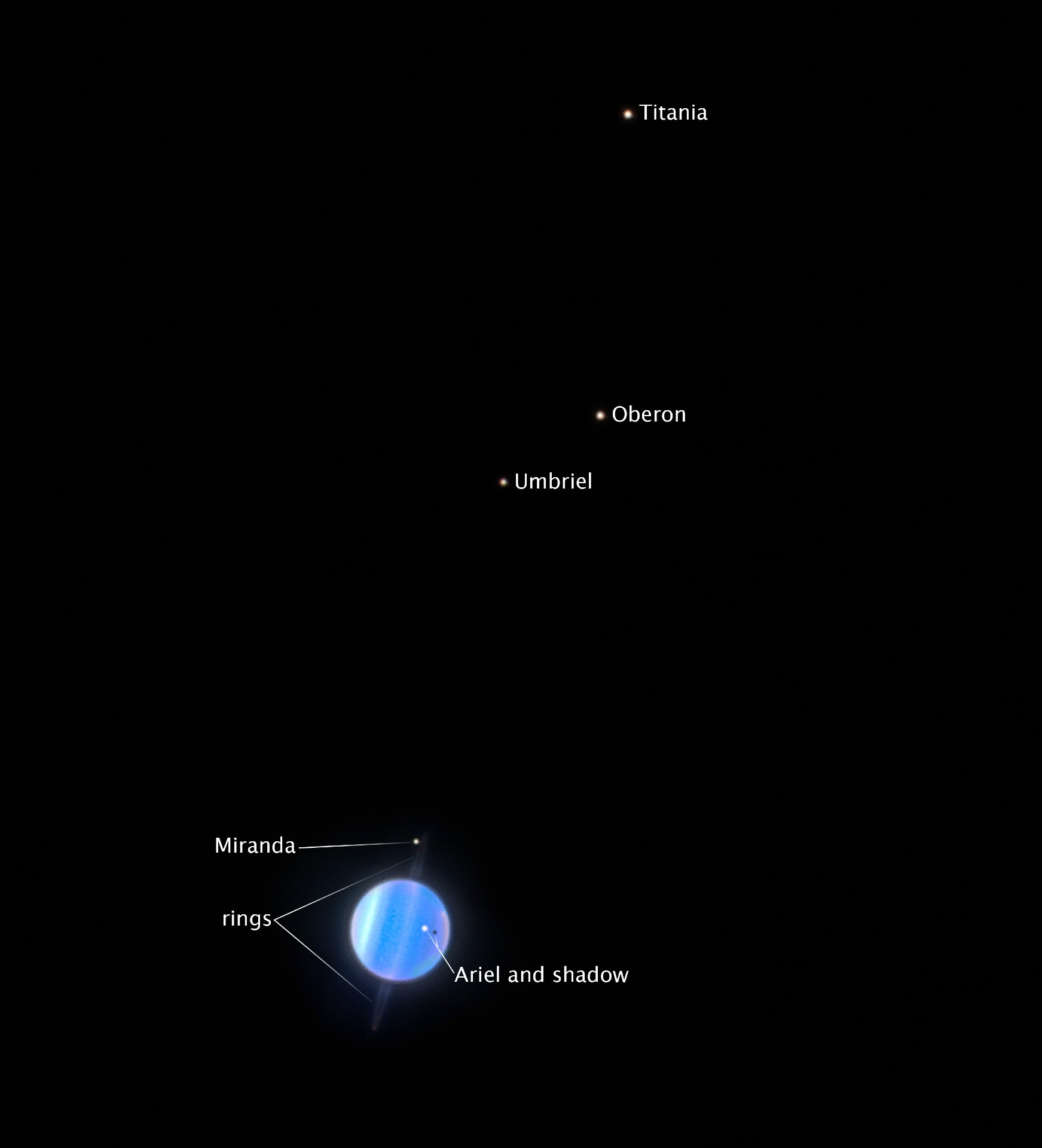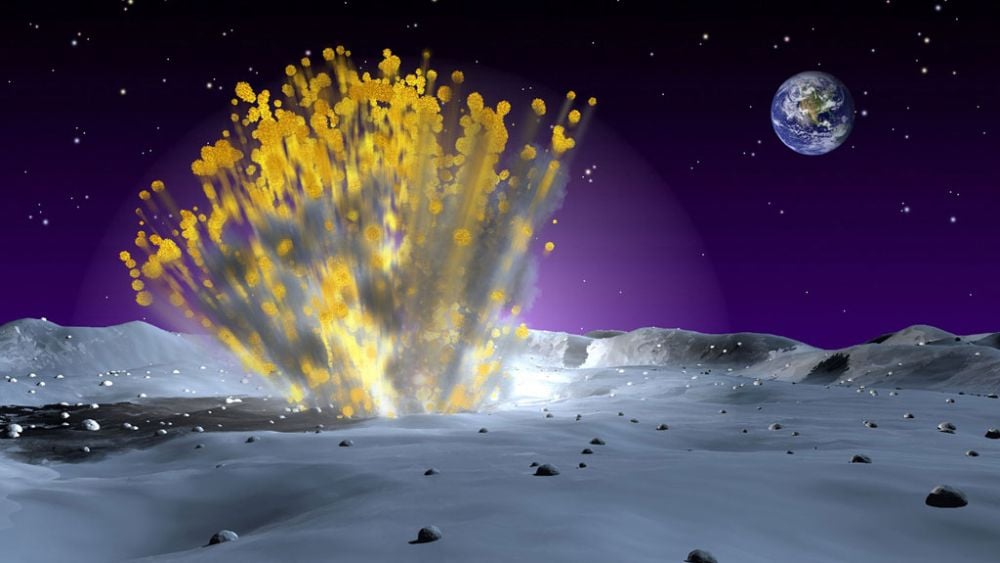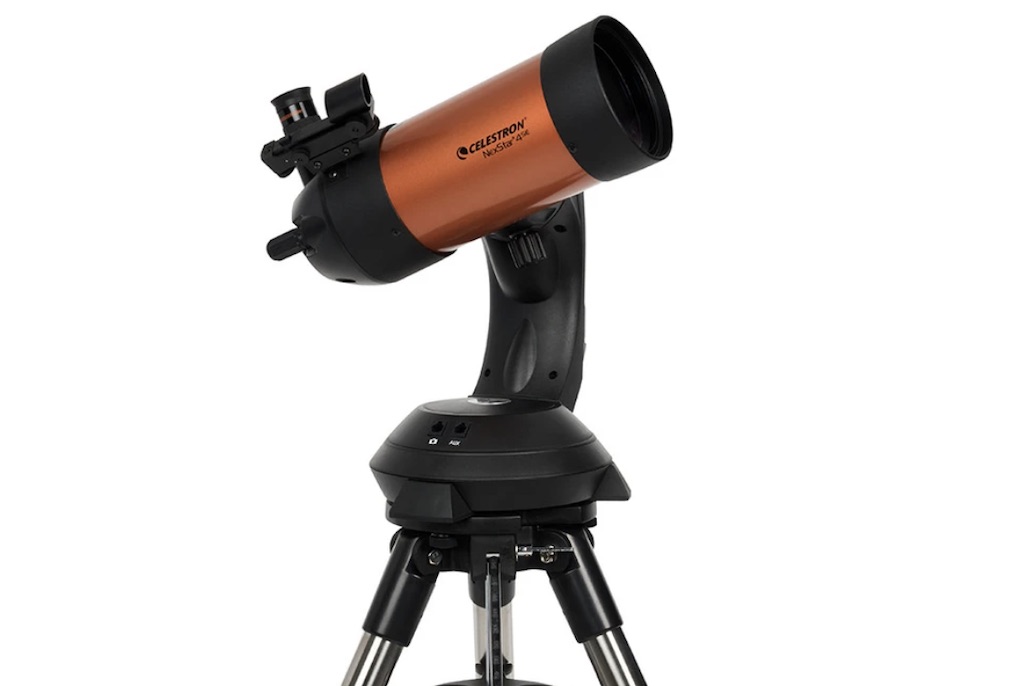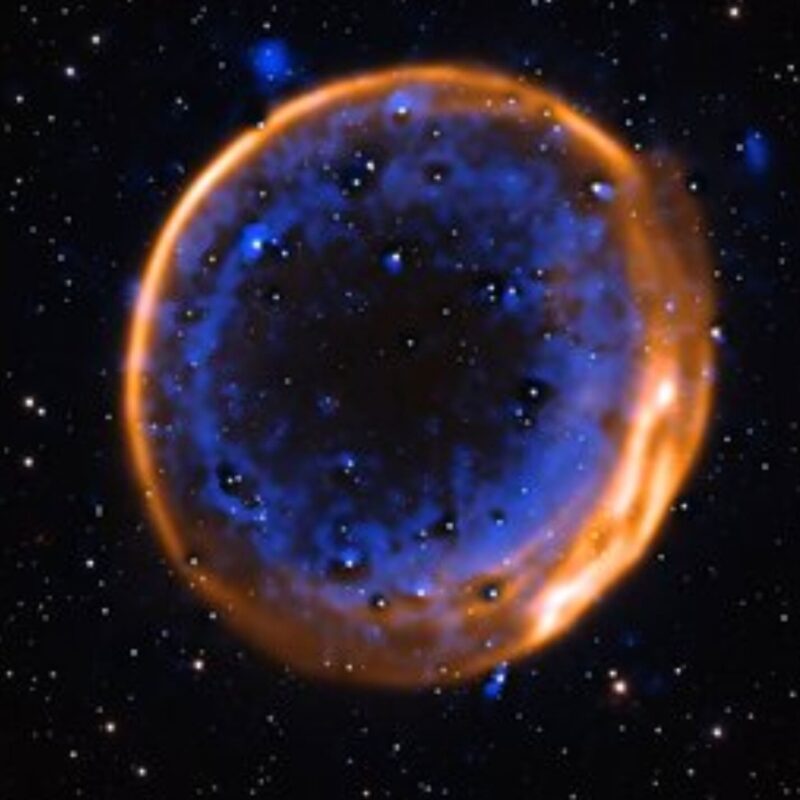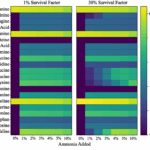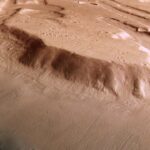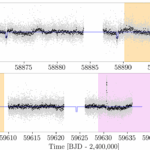If you’re looking for one of the best VR headsets on the market but you don’t want to break the bank, we may have found the deal for you. The
Hot Posts302- Page
When the Apollo astronauts landed on the Moon, they discovered drifts of tiny brilliant orange glass beads glittering across the surface. Each one less than 1 mm across and formed
New data from the Hubble Space Telescope suggests that Uranus’ largest moons are gathering dust — literally. Uranus, the seventh planet from the sun and home to 28 known moons,
A SpaceX rocket being tested in Texas exploded Wednesday night, sending a dramatic fireball high into the sky.
WASHINGTON — The Senate on July 17 confirmed U.S. Space Force Gen. Michael Guetlein to lead President Donald Trump’s signature Golden Dome missile defense initiative. To continue reading this article:
Shortly after astronomers detected asteroid 2024 YR4 on December 27th, 2024, they realized it posed no threat to Earth. But it still might impact the Moon in 2032. The impact
Look to the east before sunrise on June 22 to catch the delicate form of the crescent moon shining with Venus alongside the Pleiades star cluster. Stargazers in the U.S.
Did you ever hear the tragedy of ‘Star Wars: Underworld’, George Lucas’ cancelled Star Wars TV show?
Now that Andor has finished its two-season run to universal acclaim, fans have been thinking about what’s next for Star Wars TV shows. Granted, we’ve got plenty to look forward
An unexpectedly strong solar storm rocked our planet on April 23, 2023, sparking auroras as far south as southern Texas in the U.S. and taking the world by surprise. Two
Recent studies have hinted that at least some Type Ia supernovae could be best explained by a double explosion. And now astronomers have captured a new image proving this hunch
-
 012024 in Review: Highlights from NASA in Silicon Valley
012024 in Review: Highlights from NASA in Silicon Valley -
 02Panasonic Leica Summilux DG 15mm f/1.7 ASPH review
02Panasonic Leica Summilux DG 15mm f/1.7 ASPH review -
 03How New NASA, India Earth Satellite NISAR Will See Earth
03How New NASA, India Earth Satellite NISAR Will See Earth -
 04And Thus Begins A New Year For Life On Earth
04And Thus Begins A New Year For Life On Earth -
 05Astronomy Activation Ambassadors: A New Era
05Astronomy Activation Ambassadors: A New Era -
06SpaceX launch surge helps set new global launch record in 2024
-
 07Space Force plans new ‘Futures Command’ amid pressure to speed up modernization
07Space Force plans new ‘Futures Command’ amid pressure to speed up modernization


